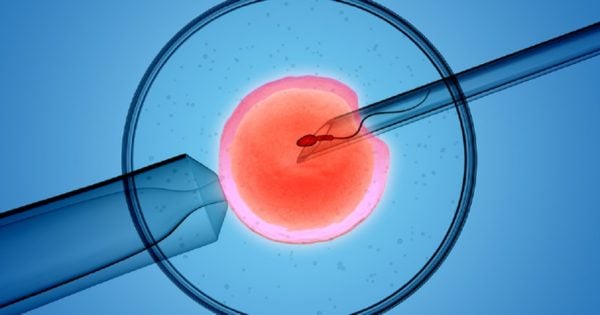
There’s one reason, and one reason alone to explain why getting pregnant after the age of 40 is so difficult to achieve, and it’s all about the eggs; specifically the quantity and the quality, both of which are greatly diminished by mid-life.
According to Dr David Wilkinson, an Infertility Specialist and Medical Director at City Fertility in Melbourne, it’s a reality that is “pretty depressing”.
“Even though an egg has never been released there’s a constant turnover of eggs in the ovaries from puberty to the menopause – menopause occurs when all the eggs have gone essentially – there’s a decreasing number of eggs.”
Jessica Rowe on finding out she was pregnant after years of fertility treatments. Post continues…
Wilkinson says women are born with around two million eggs, but by the time we reach puberty there are just 300,000. By the age of 40, there are very few left. By 45, there could be none left at all. It’s here that fertility services come in.
And while falling pregnant at 60 is not something Wilkinson and his colleagues recommend, thanks to advances in technology, it’s now sometimes possible.
Listen: Megan Malkiewicz speaks about her IVF miscarriages and falling pregnant naturally. Post continues…


